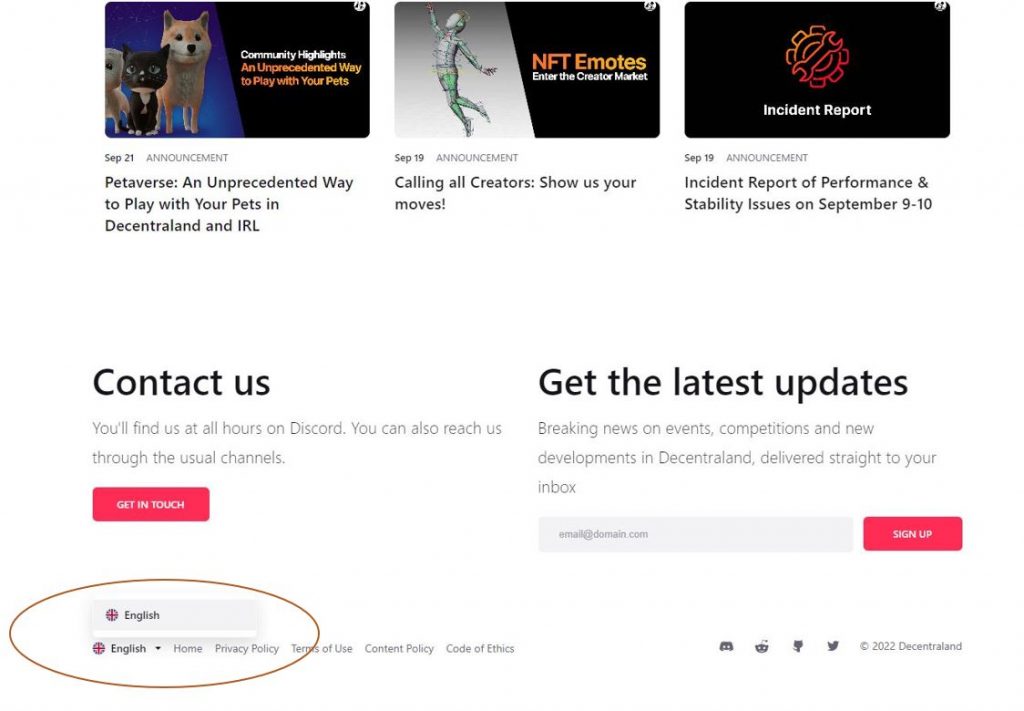Localization in the Metaverse: global adoption needs adaptation to other cultures

Nike.
Starbucks.
Coca-Cola.
Gucci.
Disney.
Do you know what these brands have in common?
They all successfully tapped into Web 3.0. They learned how to use metaverse and NFTs to their advantage.
Every day more and more companies discover the power of new technologies to deeper connect with their consumers, create unique experiences, or provide access to exclusive products. But the global adoption of Web 3.0 will be possible only if it’s combined with adaptation to other cultures.
Localization and inclusivity
Currently, the top metaverse platforms are available in English only, with Sandbox and Roblox being the only exceptions. Decentraland, Axxie Infinity, Metafluence, Upland, or Cryptotanks still focus exclusively on the English-speaking world. Meta promised to release their Horizon Worlds in Spanish and French, but soon after publishing the new language versions, all strings were reverted to English as users reported untranslated and confusing content.
With this approach, it will be difficult for metaverse brands to expand globally.

Decentraland, like many other metaverse platforms, is available in English only.
Assuming that all Web 3.0 users speak or at least understand English, is the first step towards a failure. For the metaverse, dApps, or NFTs to be fully inclusive, you need to cater to the needs of international users with different cultural background. And that’s where localization comes into play.
Three ways to use localization to your benefit
Localization means much more than just making sure that all UI strings displayed in your metaverse are rendered correctly into other languages. To make your virtual world fully immersive, it’s wise to focus on items such images, sounds, avatars, or the whole experiences.
Below you can find three ideas in which localization can help to take your metaverse experience to the next level:
1. Add a touch of cultural identity to your avatars
The way your users select every single item when they create avatars isn’t necessarily defined by their personal choice. Their decisions might be influenced by their culture and society, also on a subconscious level. Whether your users select avatars resembling their physical characteristics or prefer to impersonate someone totally else, having many features to choose from might make the whole process more inclusive.
For example, you can go beyond obvious characteristics such as multiple skin, hair and eye colors, and allow your users to choose from culturally specific clothing (such as hijab, kippah, sari, kilt) or body adornments (such as bindi, henna decorations). In this way, your users could express their cultural identities in a more accurate manner – whether they want to replicate their appearance or impersonate someone else.
2.Offer your content in more than one language
If metaverse is about to be globally adopted, it has to offer the same experiences to all people regardless of their cultural background. This means that the content in Web 3.0 can’t be limited to English only. Define your target regions and cater to the needs of your users by localizing the UI strings. But don’t follow in Meta’s footsteps: to avoid blunders after publishing your localized versions, make sure everything has been tested and verified by professional linguists and localizers. Otherwise, your brand will lose money and good reputation.
3. Transcreate your experiences
Another way in which localization could help ensure better immersion in the metaverse is by adapting experiences to the local users. Not all activities, scenes, or locations are equally appropriate for all users around the world. Similarly, not all items appearing in your metaverse will be fully understandable to users with a different cultural background.
For example, think about hidden symbols that might be offensive for certain regions. If your virtual world has references to the original culture, such as images movie stars, politicians, comic heroes or specific events, make sure your users in other parts of the world will be able to decipher the hidden meaning. You can also adapt the experiences to their background by adding extra activities or other, more familiar symbols, references, or events.
Metaverse might be still in its infancy, but sooner or later the Web 3.0 content will follow the path of the Web 2.0 content: it will be globally adopted. But to make this adoption possible, Web 3.0 needs to be more inclusive by catering to the needs of international users.
In other words, global adoption needs adaptation to other cultures.
About the author: Dorota Pawlak
Dorota Pawlak is a localization consultant for digital and Web 3.0 brands. She enjoys helping businesses enter new markets and is passionate about cultures, languages, and technology.
Share with friends